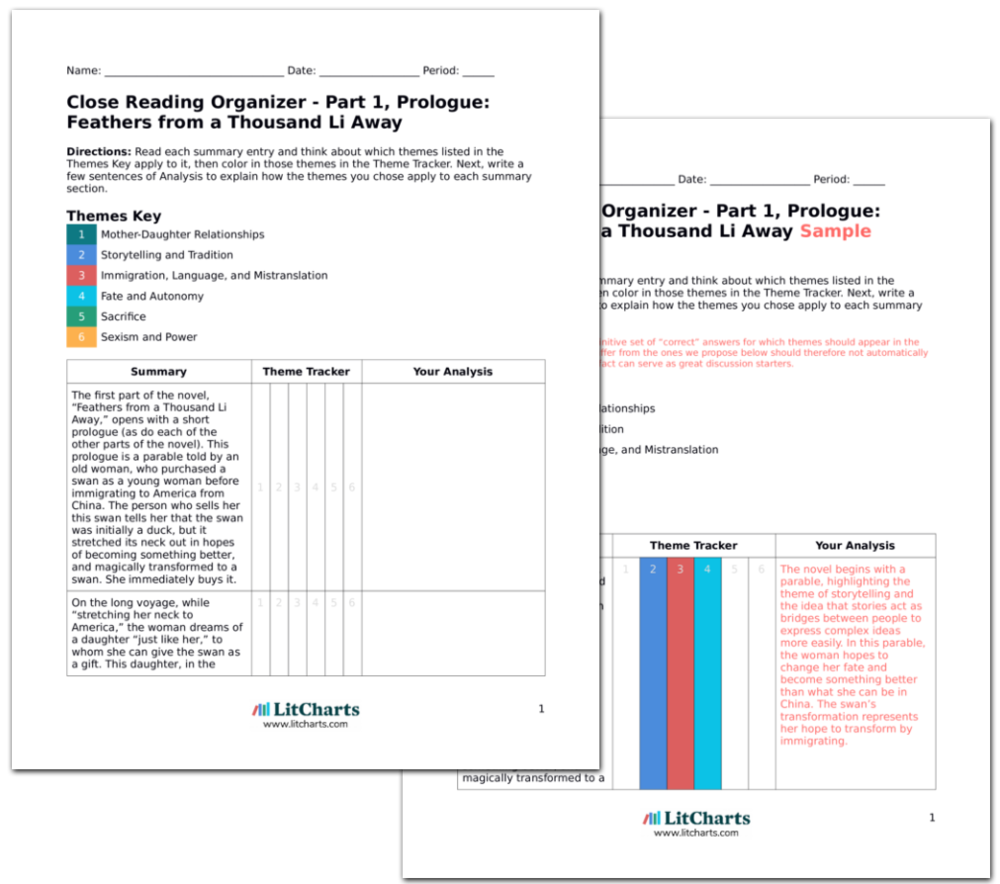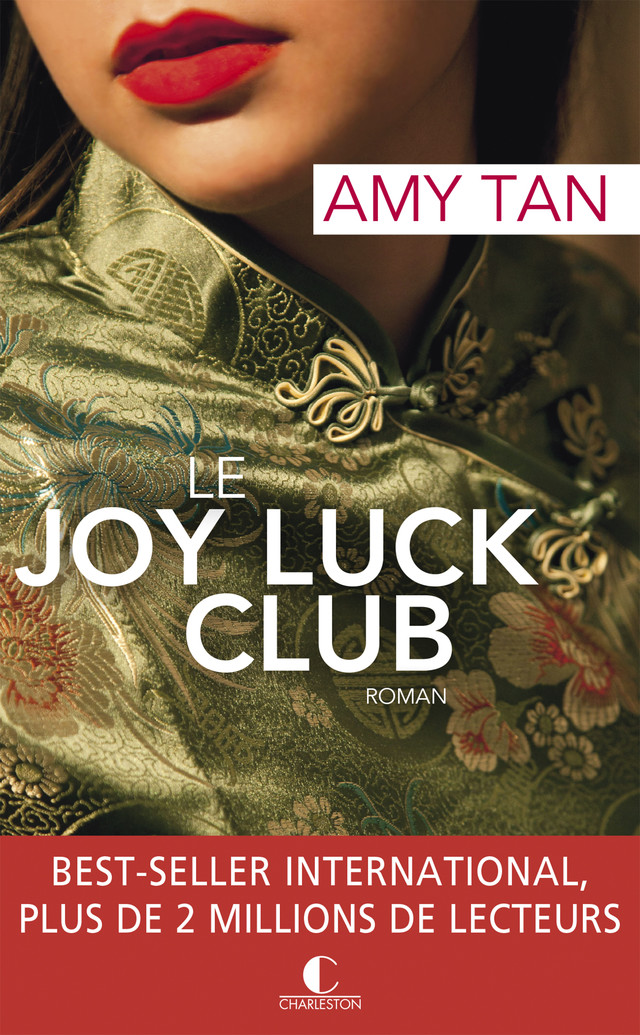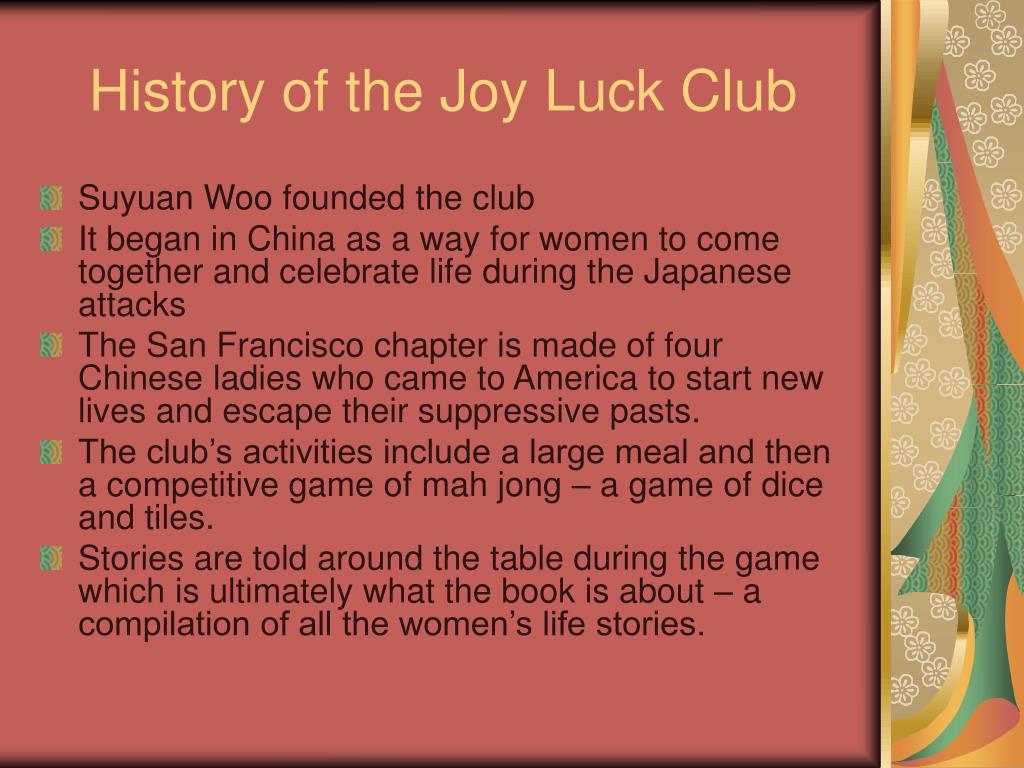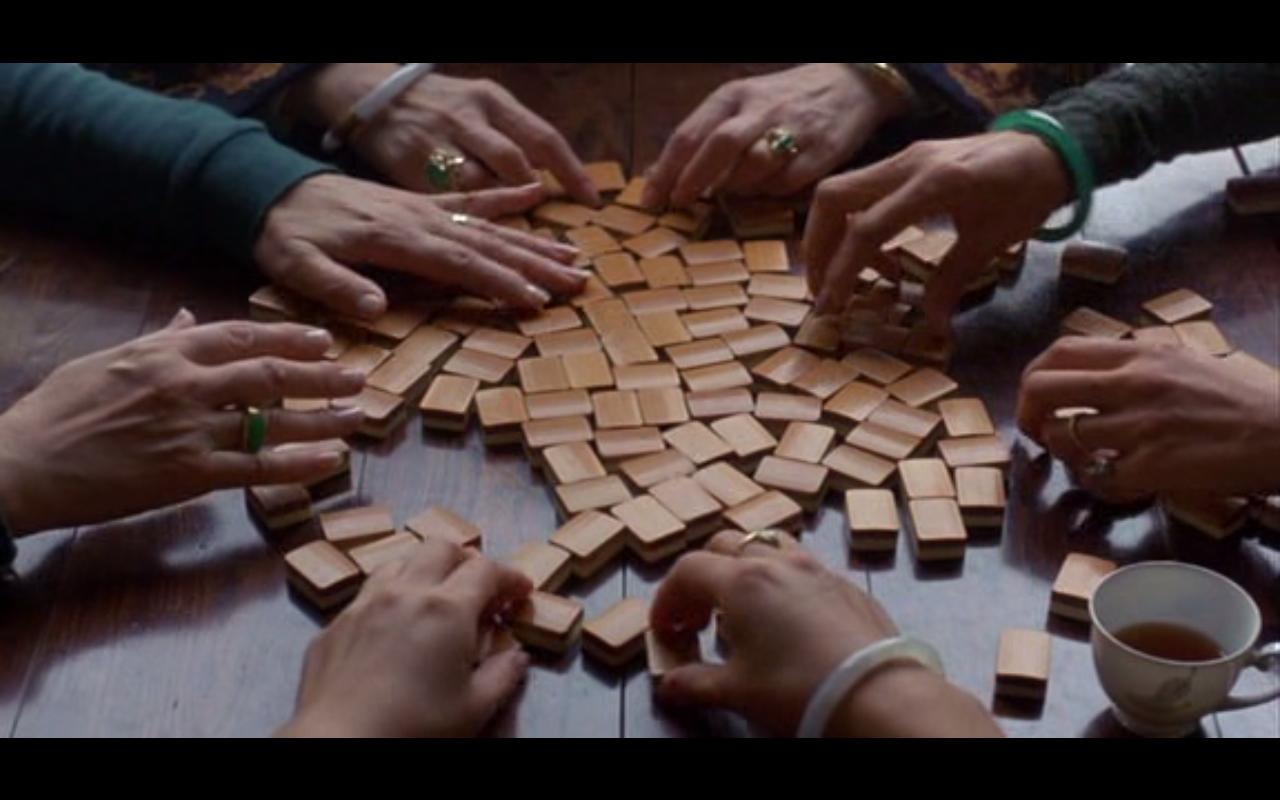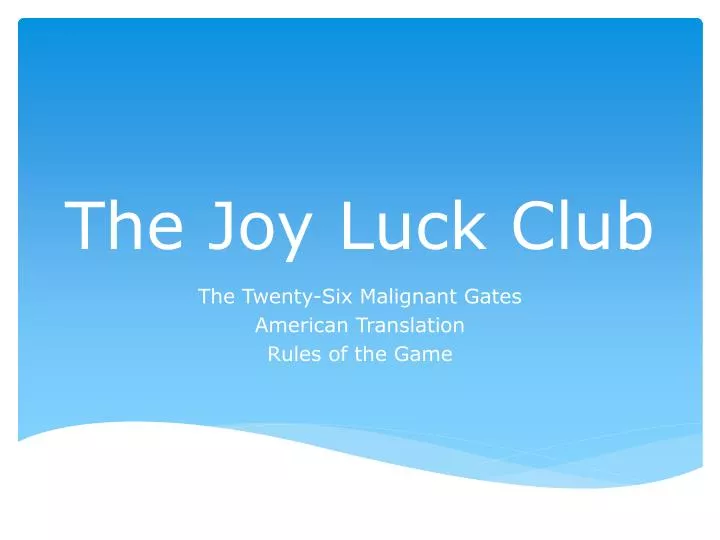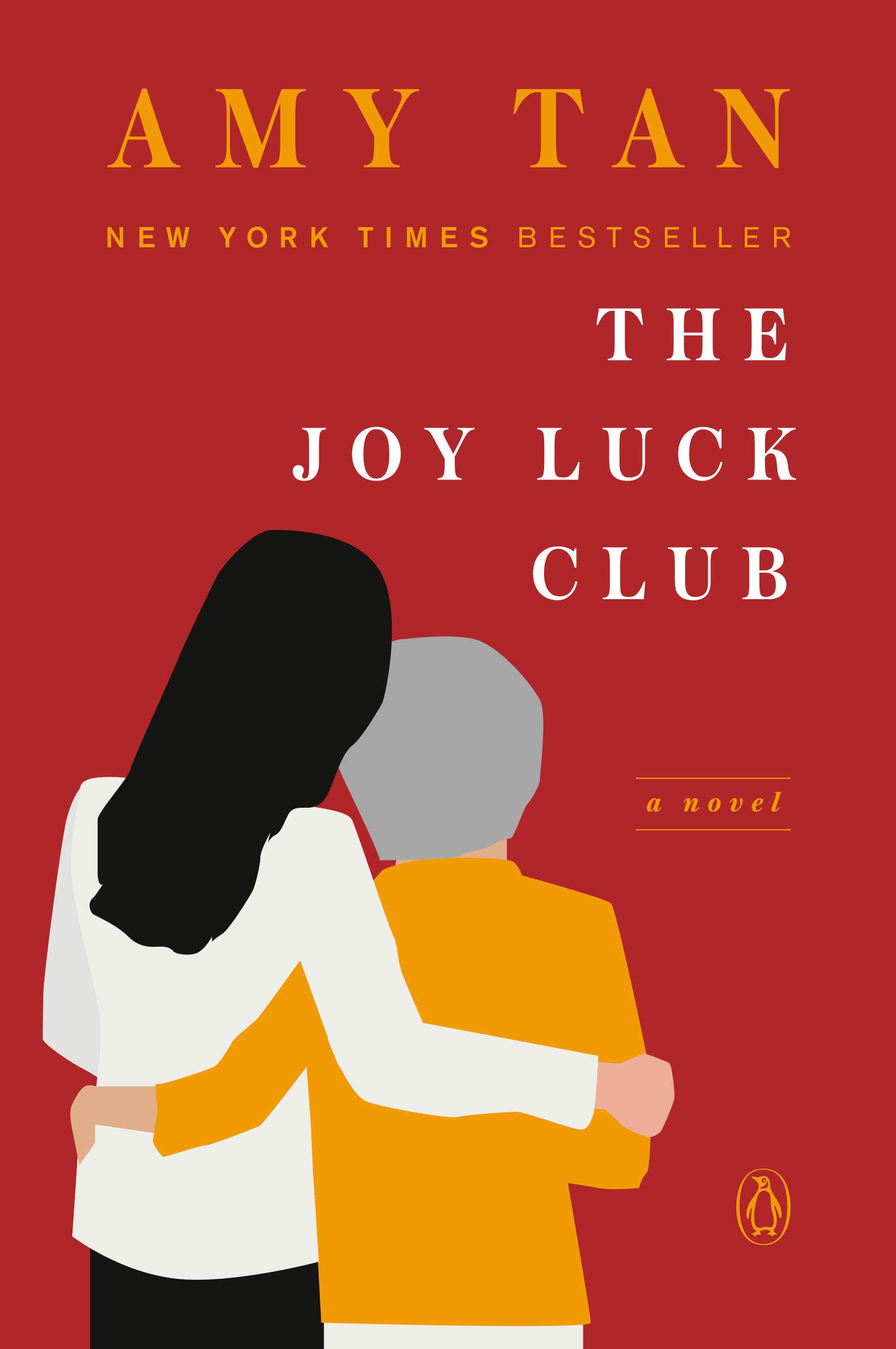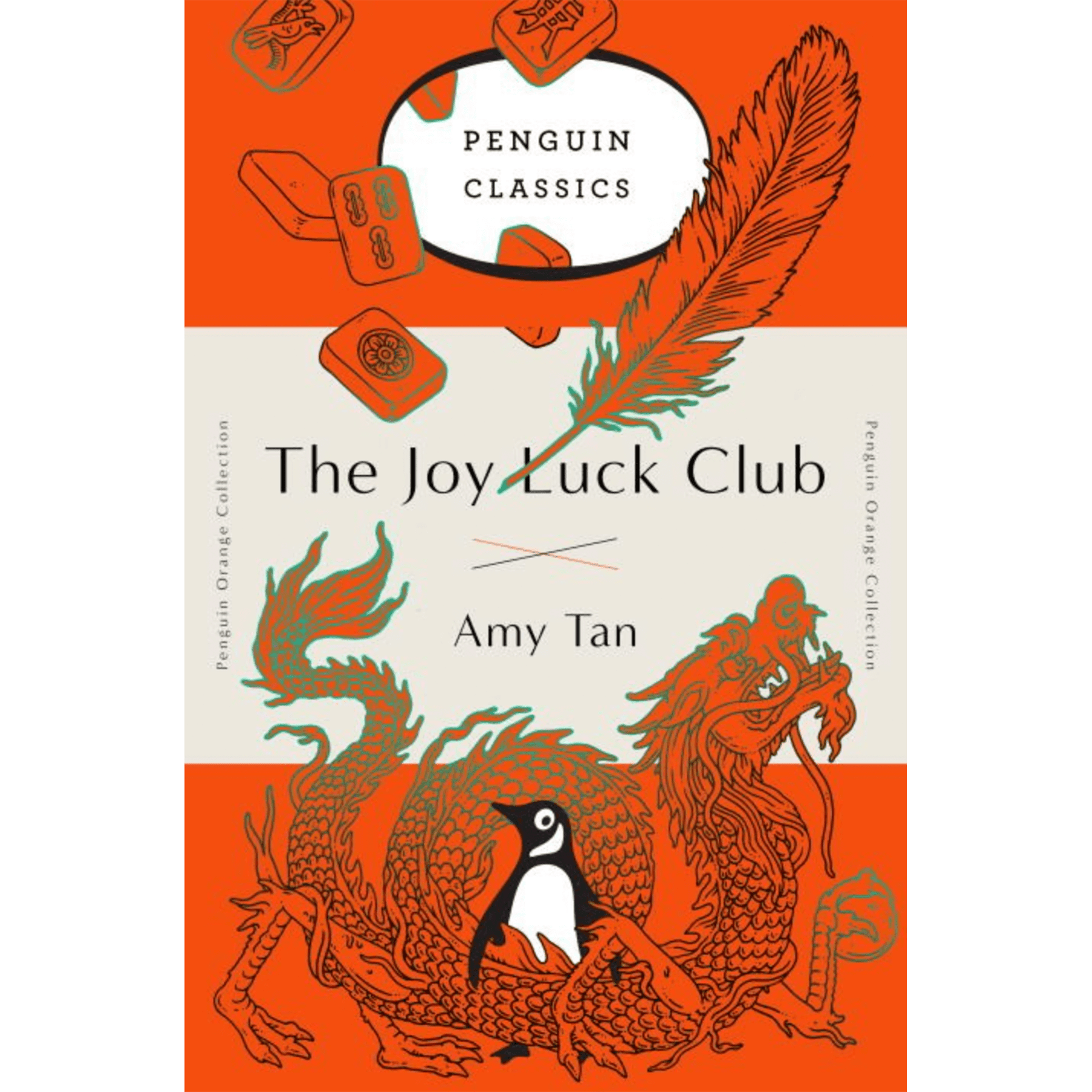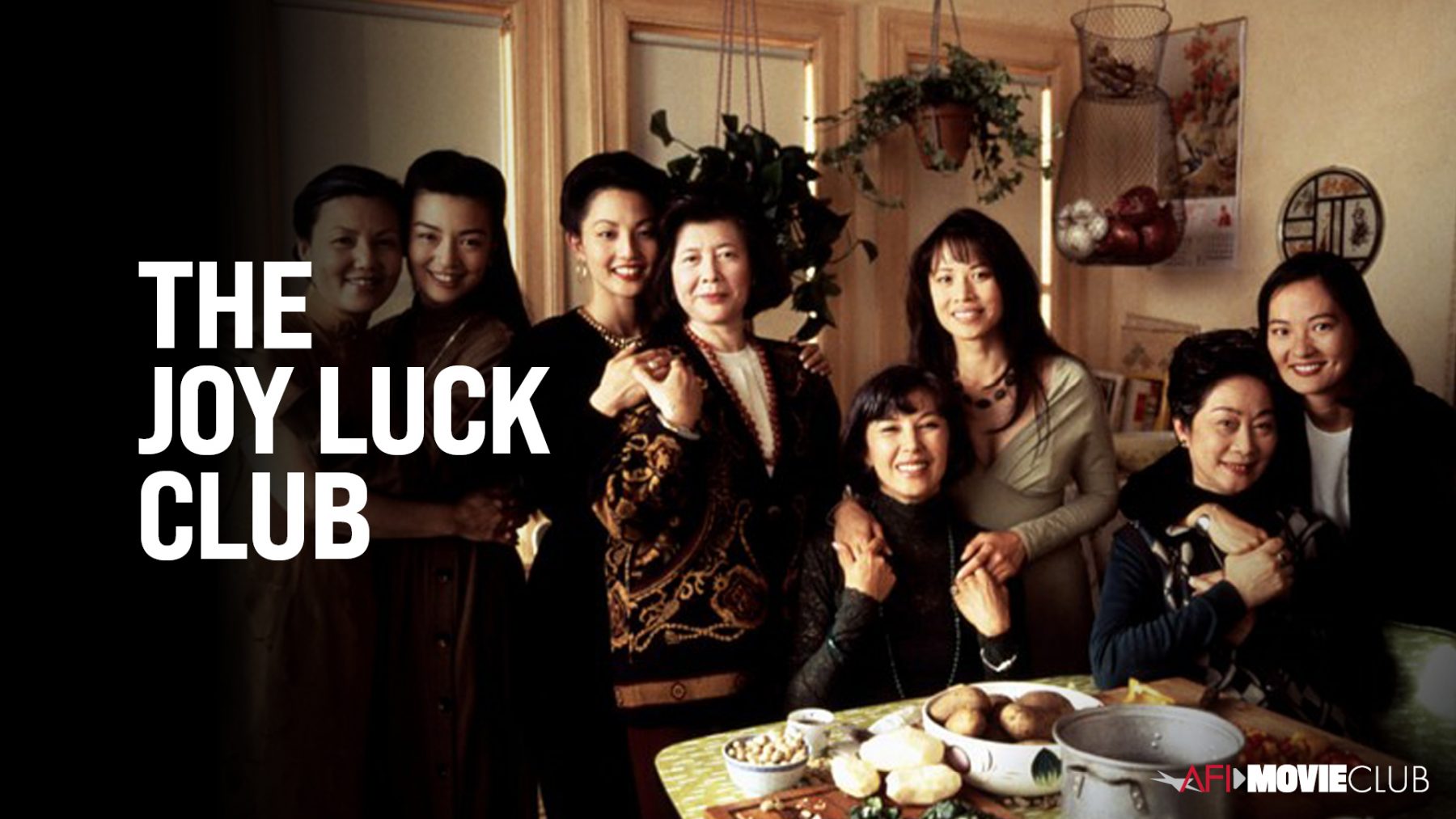Rules Of The Game Joy Luck Club

In the heart of San Francisco's Chinatown, a seemingly innocent game of chess becomes a battleground for cultural understanding and maternal ambition. Waverly Jong, a prodigious chess player, finds herself navigating the complex expectations and unspoken rules of her Chinese immigrant mother, Lindo Jong.
The tension surrounding their relationship, reflected in the metaphor of chess, raises questions about identity, assimilation, and the intergenerational conflicts that define the immigrant experience. This article will delve into the intricate dynamics of "Rules of the Game" from The Joy Luck Club, exploring how the game reveals deeper truths about the characters and their struggles.
The Chessboard as a Cultural Landscape
Waverly's talent for chess isn't simply about strategic thinking. It represents her rapid assimilation into American culture. Lindo Jong, proud of her daughter's achievements, simultaneously fears the loss of her Chinese heritage.
The chessboard, therefore, becomes a symbolic space where Waverly and Lindo's values clash. This tension fuels the central conflict of the story, demonstrating the strain of navigating two distinct cultural identities.
Lindo's Ambitions and Waverly's Identity
Lindo's influence on Waverly's chess career is undeniable. She subtly guides her daughter, instilling the importance of humility and strategic thinking, traits she attributes to her Chinese upbringing. However, these actions also subtly exert control over Waverly's life.
Waverly's talent becomes a source of both pride and resentment. She benefits from her mother's support but struggles under the weight of her expectations, particularly when Lindo openly boasts about her achievements.
According to Amy Tan's literary analysis, the constant pressure causes Waverly to feel defined by her success, losing sight of her own desires and identity.
The "Invisible Strength"
Lindo teaches Waverly the concept of "invisible strength," a form of emotional and strategic intelligence. This involves understanding one's opponent, concealing intentions, and using subtle tactics to gain an advantage.
This approach, rooted in Chinese philosophy, proves effective in chess and in life. However, it also creates a sense of manipulation and distrust within the mother-daughter relationship.
Waverly comes to see her mother's "invisible strength" not as wisdom but as a controlling force. This perception further widens the gap between them, fueling resentment and misunderstanding.
Public vs. Private Face
The story highlights the importance of saving face within Chinese culture. Lindo's public pronouncements about Waverly's chess prowess are meant to elevate their family's status within the community.
However, this public display of pride clashes with the private struggles between mother and daughter. The pressure to maintain a perfect image adds another layer of complexity to their relationship.
As academic research on Chinese cultural norms suggests, this emphasis on reputation can create significant emotional burdens, particularly for those navigating two different cultural contexts.
The Climax and Waverly's Rebellion
The breaking point occurs when Waverly confronts her mother about her constant boasting. This leads to a heated argument and Waverly's declaration that she no longer wants to play chess.
This act of rebellion represents Waverly's attempt to reclaim her identity and break free from her mother's control. It marks a significant turning point in their relationship.
The withdrawal from chess, although painful, allows Waverly to assert her own autonomy and begin to define herself on her own terms.
A Dream of Reconciliation?
The story concludes with a dream sequence where Waverly envisions a chess game against her mother. This dream reveals the underlying tension and unresolved issues that continue to plague their relationship.
In the dream, Waverly is both powerful and vulnerable, reflecting the complexity of her feelings towards her mother. It suggests that despite the conflict, a deeper connection remains.
The ending is ambiguous, leaving the reader to question whether true reconciliation is possible. It highlights the ongoing negotiation between tradition and modernity, between mother and daughter.
The Enduring Legacy of "Rules of the Game"
"Rules of the Game" continues to resonate with readers due to its exploration of universal themes. It provides insight into the immigrant experience, family dynamics, and the search for identity.
The story serves as a reminder of the importance of understanding and respecting cultural differences. It also highlights the challenges of navigating intergenerational conflict and the complexities of mother-daughter relationships.
By understanding the complex power dynamics within the story, we can further consider how to support healthier family relationships between children and parents.
